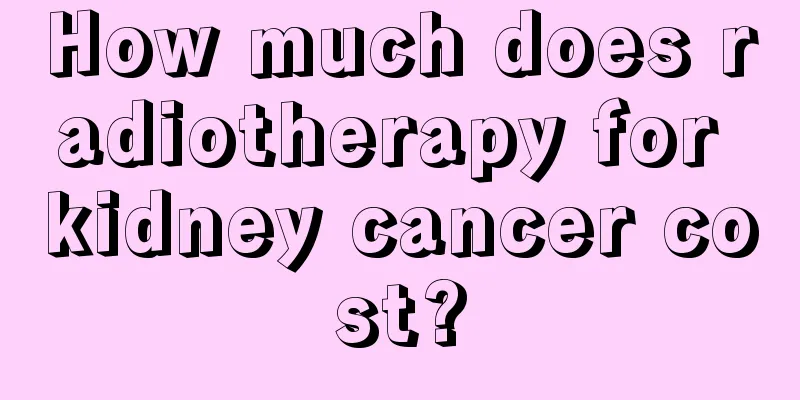What is the purpose of glucose injection at night

|
Glucose is an important basic substance needed by the body. It has many functions, among which providing energy to the body in a timely manner is its fundamental function. In modern life, people will consume a lot of physical strength when facing the torture of various diseases. At this time, timely replenishment is needed, and glucose is the most suitable one. The role of glucose is not only that. Let’s take a look at what glucose injection is for? Glucose injection, indications: 1. Replenish energy and body fluids; used for insufficient food intake or large amounts of body fluid loss caused by various reasons (such as vomiting, diarrhea, etc.), total intravenous nutrition, and starvation ketosis. 2. Hypoglycemia; 3. Hyperkalemia; 4. Hypertonic solutions are used as tissue dehydrating agents; 5. Prepare peritoneal dialysis solution; 6. Medication diluents; 7. Intravenous glucose tolerance test; 8. For the preparation of GIK (polarizing fluid). Dosage 1. To supplement heat energy, when patients eat less or cannot eat for some reason, they can generally be given 25% glucose injection intravenously and replenish body fluids at the same time. The amount of glucose is calculated based on the required heat energy. 2. Glucose is the most important energy supply substance in total intravenous nutrition therapy. In non-protein heat energy, the ratio of heat provided by glucose and fat is 2:1. The specific dosage depends on clinical calorie requirements. Depending on the amount of fluid replacement required, glucose can be prepared into different concentrations of 25% to 50%. Insulin can be added if necessary, with 1 unit of regular insulin added for every 5 to 10 grams of glucose. Since normal use of hypertonic glucose solution is highly irritating to veins and requires infusion of fat emulsion, large intravenous drip is generally used. 3. For severe hypoglycemia, 20-40 ml of 50% glucose injection can be given by intravenous push. 4. For starvation ketosis, in severe cases, 5% to 25% glucose injection can be given by intravenous drip. 100g of glucose per day can basically control the condition. 5. For isotonic dehydration, give 5% glucose injection intravenously. 6. For hyperkalemia, 10% to 25% injection solution can be used, and 1 unit of regular insulin can be infused for every 2 to 4 g of glucose to reduce serum potassium concentration. However, this therapy only allows extracellular potassium ions to enter cells, and the total potassium content in the body remains unchanged. If potassium removal measures are not taken, hyperkalemia may still occur again. |
<<: How soon can a newborn be taken out?
>>: How many quilts are appropriate for a newborn baby?
Recommend
Hypertrophy of masticatory muscles
Many female friends hope to have an oval face. Bu...
What are the benefits of swimming fitness
Swimming is not unfamiliar to us. It is a very he...
Does Epimedium Capsule have any side effects
Many male friends should be very familiar with th...
Nose surgery sequelae, be cautious when doing rhinoplasty
More and more people choose rhinoplasty surgery, ...
Why do my eyes turn red in summer
Sometimes we may experience red, swollen and pain...
Reasons why the abdomen suddenly becomes larger
The sudden increase of stomach size is not a situ...
How to massage the acupoints on the soles of the feet? Pay attention to acupuncture points and methods
There are many acupoints on the feet, and people ...
Can losing weight lower blood pressure?
The problem of obesity has a huge impact in moder...
What is the function of allicin
Allicin is actually a tri-generation allyl ether ...
Can chemotherapy be used for advanced brain cancer?
Can chemotherapy be used for advanced brain cance...
Can eating oatmeal porridge at night help you lose weight?
Oatmeal is a very delicious ingredient and is ver...
Clinically, skin cancer symptoms that can help understand the condition
Experts tell us that in order to fully understand...
Methods to detoxify the intestines
The physiological structure of our body is very c...
Tell you about the care measures for laryngeal cancer
Laryngeal cancer refers to a tumor in the throat....
Successful experience of losing 5 catties in one week
Many people are becoming fatter and fatter due to...









